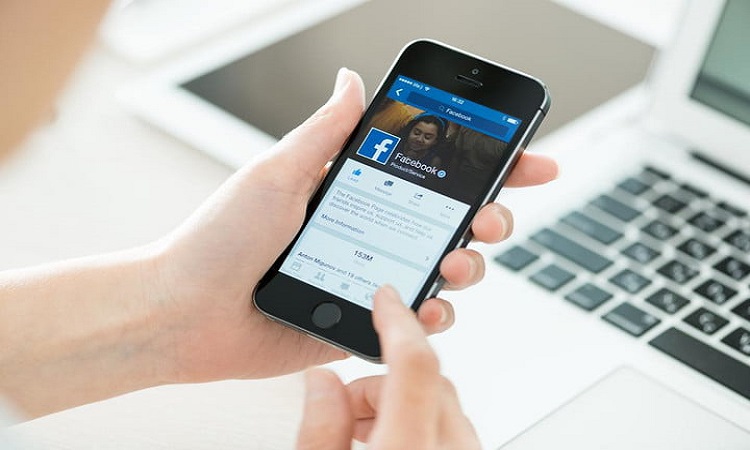Mobile photography has gotten so much more advanced this past couple of years. Smartphones like the Google Pixel 2 and Pixel 2 XL, the new Samsung Galaxy S9 and S9+, and the Leica-powered Huawei P20 Pro are bringing their users powerful cameras capable of capturing stunning photos. Even low- and mid-end smartphones now take decent photos.
Gears aside, mobile photography is also unique because of its nature. It allows mobile photographers to focus on the things that matter: composition, storytelling, and being immensely creative with the tools they have. Mobile photography is fun, and these next few camera tips we are going to discuss in this article will up your mobile photography game even further.
Get Creative with Filters
No, I’m not talking about Snapchat filters or the ones that come with VSCO. I’m talking about real glass filters commonly used on DSLR or mirrorless lenses. There is a wide range of filters with different functions and capabilities.
They are relatively inexpensive, so you can pick up some filters to boost your mobile photography game without breaking the bank. There are also smartphone cases designed to enable the use of photography filters, but you can hold the filter in front of the camera just as easily.
A circular polarizer is a must-have. It is a filter used to eliminate reflections in water or glasses. It can also be used to make the sky bluer and to add punch to other colors in general. Using it with a smartphone camera is very easy.
Another handy filter to have is a neutral density or ND filter. The filter reduces the amount of light entering the camera, allowing you to capture slow-shutter shots even on a smartphone; you’ll need to place the phone on a tripod for this type of shot. A graduated ND – with the bottom part completely clear – is also good for bridging the gap between bright sky and a dark landscape or cityscape.
Control the Light
Another way to make smartphone photos look like they are taken using pro-level DSLRs is by managing the light hitting your subject. This too is something that’s easy to do with simple tools and some ingenuity. You can, for instance, use a piece of paper or a foam board as a reflector. The reflected light will add more depth to your subject.
Using diffusers to soften light hitting the subject is also a good trick to try. The next time you try to take pictures of your meal, place a piece of tracing paper between the object and the source of light. This will turn harsh lighting into a soft one; it will also soften the shadows, creating a more pleasing look in general.
Practice Your Composition
The most powerful tool you have as a mobile photographer is your creativity. With simple tweaks to the way you compose your shots or the angle you use, you can turn an ordinary object or scene into an interesting one.
Most smartphones have grid functions in their camera app. Activate the grid and you can now use the popular Rule of Third composition rule whenever you frame your shot. You can also use things like a selfie stick or even a helium balloon to get unusual angles that really bring your shots to life.
As mentioned before, smartphone cameras are getting a lot more capable. Some of them even come with manual controls, allowing you to set your shutter speed, aperture, and ISO manually. The hacks we covered in this article will help you maximize the features of your smartphone camera and produce great shots with it.
